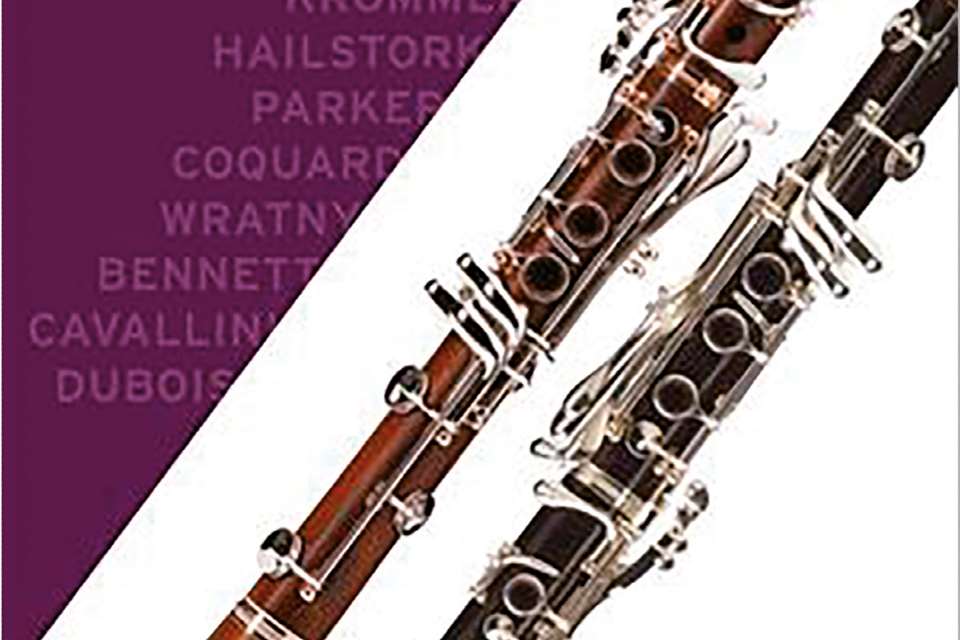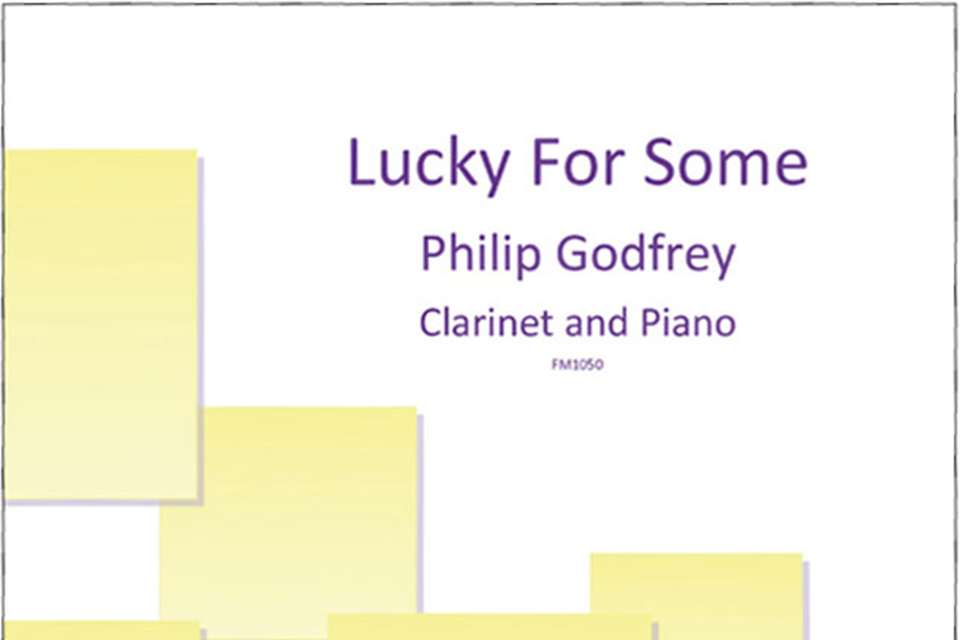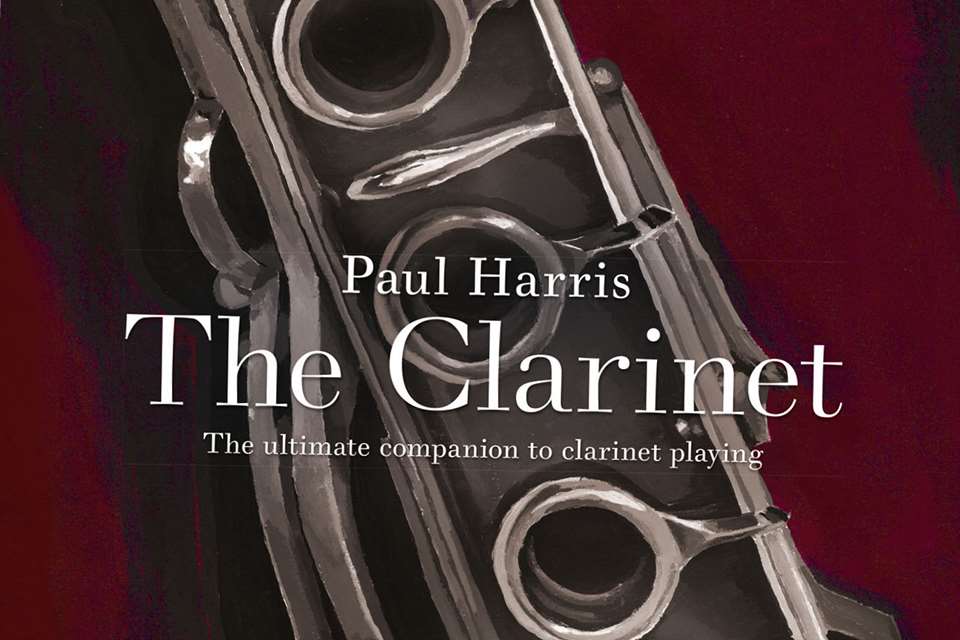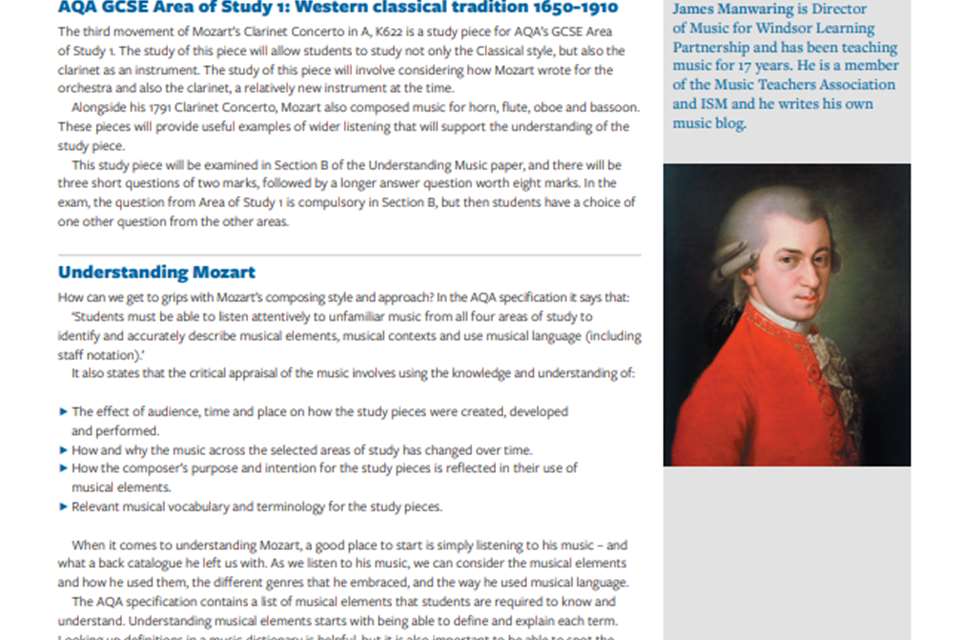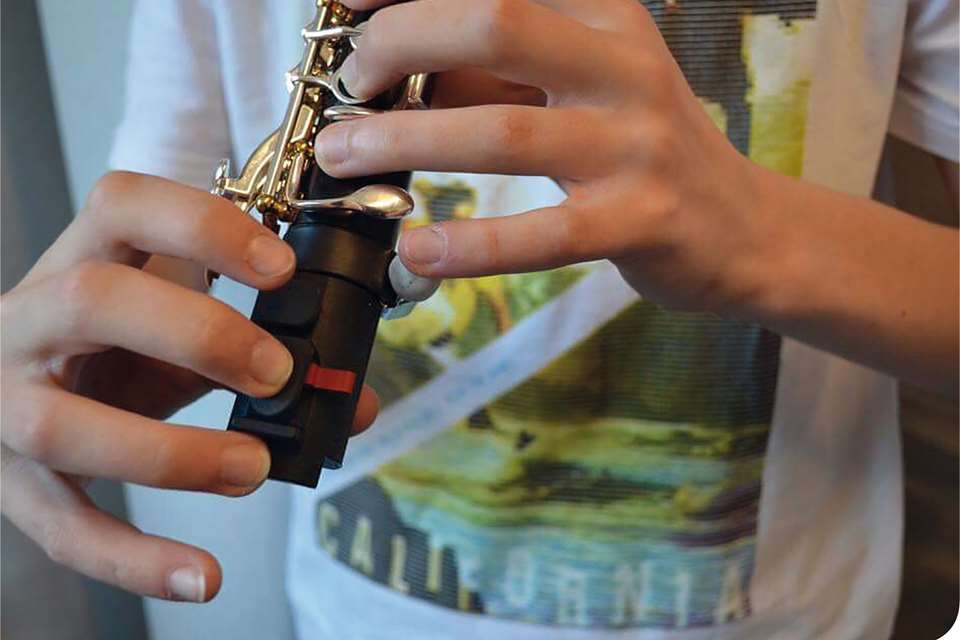Reviews: Duets for Fun – Clarinets
Paul Saunders
Sunday, October 1, 2023
Reviewer Paul Saunders takes a look Duets for Fun for clarinets, published by Schott.
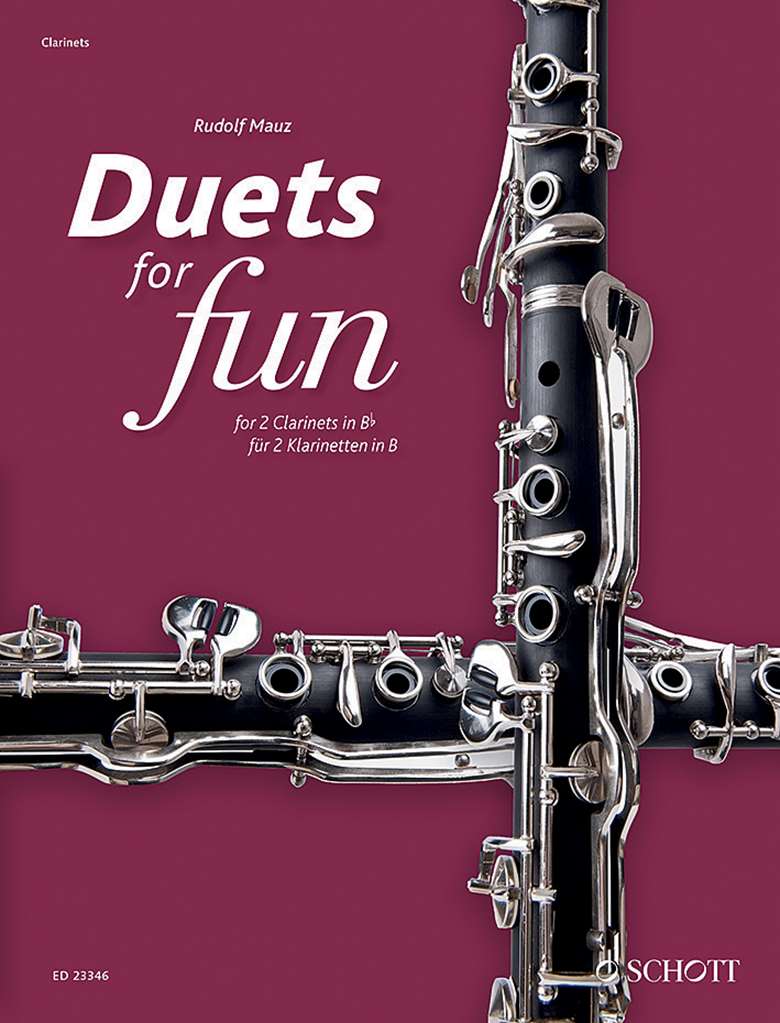
It was a treat to be sent this lovely collection of clarinet music. Instrumental teachers reading this may well have doubts, but when ‘real life’ hits and your student forgets their music, or simply needs something to inspire them, this book provides a brilliant option for an enjoyable alternative lesson. Rather than testing scales, rehearsed pieces or aural exercises, you can use this book to get back to making-music. Of course, there is a proviso: your student will be required to play ‘more than a few notes’ (Grade 4 or 5) and sight-read reasonably well, but this book gets to the core of what the clarinet is all about.
Included are some simply fabulous tunes. Even if your student can’t sight-read them, what a marvellous opportunity it would be for two of your students to rehearse a duet for a chamber concert performance. Rudolf Mauz states as much in the book’s foreword, stating the scores are ‘aimed at clarinettists who already have a proper basic grasp of playing their instrument’ and that the book is ‘a valuable adjunct to tuition’. I couldn’t agree more!
Probably the most exciting time of learning the clarinet comes at around Grade 5, when the player is let loose on music written specifically for the instrument and by the greatest composers. Mozart’s Divertimentos (and of course the Quintet) spring to mind; although these are possible to play by a Grade 5 standard player, I think we can all agree that the pieces are well worth playing at whatever standard the player reaches. The technical learning curve of the Grade 5 student is one thing, but to craft a beautiful Mozart phrase under the pressure of the public gaze is quite another.
The same is true for the repertoire in this book, which contains deceptively simple (and very playable) music that will delight the newcomer and experienced clarinettist alike. The duo by F. Blasius (p. 22) is a prime example; it’s in C, it’s moderato and in 4/4 time – what’s not to like? I reckon that I could teach this to a Grade 4 player and a music college student and both would gain valuable experience.
The book is crammed with music that utilises the clarino register to its fullest, allowing the instrument to ‘sing’. One particular highlight is the duo by Carl Andreas Göpfert, a composer I’m embarrassed to admit I’d never heard of (although a quick internet search tells me that not only did he study with Mozart, he was a virtuoso clarinettist). I love his duo in D minor as it exudes character, especially the first page, which is equally demanding for both players. Also included are a couple of movements from the stalwart of clarinet duet composers, B.H. Crusell, and one of Mozart’s Kegelduetten (KV487), which is simply sublime.
Perhaps the simplest music is to be found among the compositions of Ludwig Wiedmann. I would expect a Grade 3 player to tackle at least some sections of these successfully. Certainly, in the event of aforementioned student forgetting their music, Unterm Marchenmaum (Under the Fairy Tree) should keep both teacher and student occupied for the lesson.
Providing you, the reader, identify as a clarinettist, all the music in this book plays itself and you will enjoy celebrating the classical clarinet at its finest. For me, this book is nothing short of clarinet heaven, and I can almost guarantee that any clarinet player will love playing from it. Beautifully presented and easy to read, it’s a fabulous addition to the repertoire.


